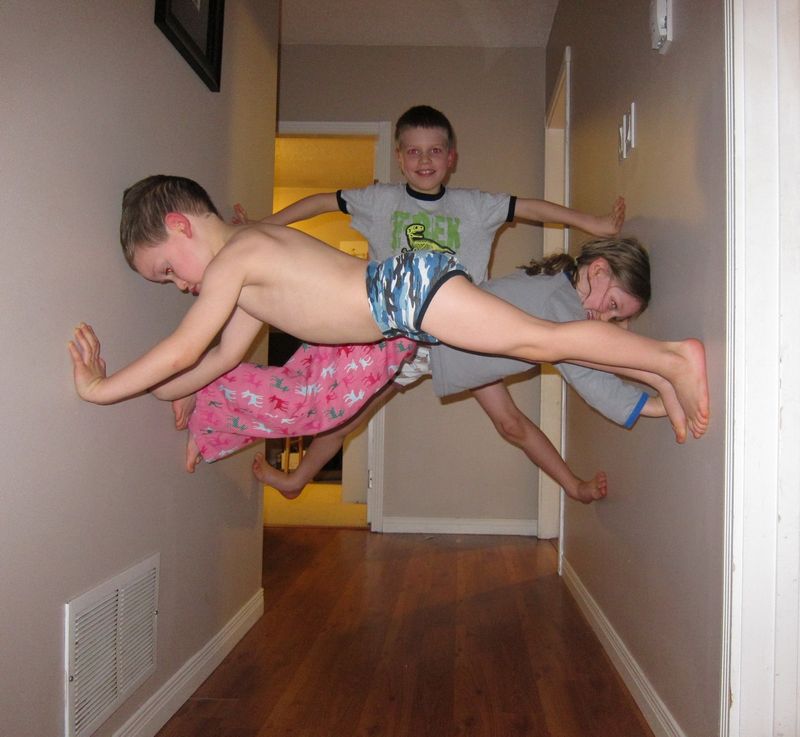In Step #1 of Designing our Life, we identified the primary roles we play in our life and determined our most important long term goals for each role. This is our high level Life Vision.
Our Life Vision will serve as our guide for all action to follow through a trickle down effect, from determining our goals for this year to deciding what to do today and tomorrow.
So now we know who we want to be and what we want to do.
Maybe we want to be a more patient parent, a more generous friend, a more confident public speaker.
Maybe we want to learn an instrument or language, to publish a book or a blog, to earn 50% more, or to work 25% less (can you tell I’m a fan of that last one?)

But how do we actually become this person and do these things?
Somehow we need to get from our high level objectives to the nitty gritty of daily life. The key is periodic reflection and deliberate action. This takes a little time (only a little) and a little self-control (well, maybe a lot).
Year Plan
I recommend you revisit your Life Vision on two intervals—yearly and weekly.
Once a year, set aside an hour of “working on yourself” time.
I like to do this in December around Christmas which I feel is a peaceful and contemplative season (at times), and symbolic being at the transition from one year to the next. But any time of year works—a lazy summer evening is just as good.
Reflect on your life goals and vision statements:
- Where have you made progress or achieved a goal?
- Where has progress been slower than you’d like?
- Have new goals arisen, or changed, or can some old goals be removed because they are no longer important to you? (yes, that’s allowed)
Think of the year ahead & decide which big goals from each area of your life you’d like to make progress on. These are what you’ll be focusing on this year.
Projects
Now, what are some things that need to happen to move you towards these goals? Most big goals can be broken into smaller pieces. If a piece involves a number of smaller tasks, let’s call that component of your goal a Project.
Identify some first projects you can work on for each goal and list them. Some projects have to be done in a certain sequence (you can use indents or sub-bullets to show this), while others can be done in any order.
Example goals & associated projects:
Goal: Patient Parent
- Read parenting books or blogs
- Meditate daily to calm nerves
- Create a morning pep-talk/mantra for yourself
- Journal about what sets you off and decide how you could respond differently
- See a counselor

Goal: More Confident Public Speaker
- Study public speaking strategies
- Join Toast Masters
- Say yes to speaking opportunities and seek them out
- Rehearse your material thoroughly
Goal: Learn an Instrument or Language
- Find a class or tutor/teacher
- Assemble self-study resources
- Decide how to arrange your day to free time for study or practice
- Choose your next travel destination for practice opportunities and commit to make new friends

Goal: Publish a Blog
- Identify subjects you care passionately about and want to share
- Research the popularity and coverage of these subjects
- Brainstorm niche opportunities
- Brainstorm novel approaches to building an audience
- Read blogs on blogging
- Survey and choose a blogging platform and server provider
- Decide whether to hire a webmaster or learn the skills yourself
Goal: Work 25% Less
- Decide which tasks can be automated, delegated, or eliminated
- Determine the largest time wasters (setup time tracking) and commit to reduce them
- Strategize how to pitch your boss to reduce your hours
- Determine which spending changes are required to live on less income (if necessary)
Goal: Earn 50% More
- Brainstorm which assets could be leveraged to be more productive (spare rooms, garage space, employees, customers, IP, skills)
- Brainstorm areas you could add value to yourself (education, certifications, skillset)
- If you have capital, study investing and real estate strategies
- Brainstorm ideas for businesses you could start then automate
- Brainstorm odd jobs/contracts/consulting you could take on in an area you enjoy so much it would hardly feel like work
Next Steps / Tasks
Big projects are daunting to start. They can create huge psychological obstacles that make us scared and reluctant to begin.
The solution to procrastination with unimportant busywork? Next steps.
For each project, write down the very next thing you need to do to move it along, the clear and specific and small next step. We’ll call these Tasks.
Therefore we will complete every project by doing a series of small specific tasks. For example:
Project: Read Parenting Books or Blogs
- google “top 10 blogs on parenting”
- from the top few results, open 10-20 blogs & scan one or two articles
- begin to follow your favourite 3 of these blogs
- google “best books on parenting”
- from the top few results, see which books get repeat mentions and make a list of titles that resonate
- order the book or put it on hold at the library

Now, when it’s time to work, we don’t need to figure out what to do, which is often the hardest part and the greatest obstacle. We just sit down and follow our plan.
Week Plan
At this point, we know which projects are required to achieve a life goal which will bring us personal fulfillment, and we know the very next task that will move us towards completing that project.
Congratulations, great start! …But now we need to do it!
Finally we’re getting to the present, the place where stuff actually gets done.
Reflect…
Once a week, we’re going to plan the next week. This is critical introspection time that helps ensure we’re working on the right thing. It doesn’t have to take long…10-15 minutes is a good starting point.
Some people like to make time on Friday afternoons because they are less productive anyways and it’s an opportunity to decompress and make future plans while the current week is fresh. Others choose Sunday evening because they’re more relaxed and have more free time.
Decide right now: when each week will you set aside 15 minutes to plan the next week?
During these sessions, we will choose a few of the next step tasks and assign them to specific days, or at least to the week as a whole. We can move the task to a specific day later.
You’ll learn with time how many of these important tasks you can realistically accomplish each day, but a good minimum goal is TWO.
…Then ACT
Each day, strive to accomplish two tasks that explicitly move you towards being the person you want to be, and doing the things you truly care most about doing. You already decided what they are so just JUMP RIGHT IN.

Glance at your week plan each day and fit all the rush of life around these two most important tasks. Make them the centerpiece of your day!
Here’s the table template I copy & paste each week (task priority will be discussed more in Step #3):
| Week 6 Jan ’20 | Priority | Role or Project | Task |
|---|---|---|---|
| Monday | |||
| Tuesday | |||
| etc. |
To speed your work, you can download all my Life Design template tables including this one by subscribing to the newsletter below.
Stay Flexible
It’s okay if you miss a task. Just move it to the next day, or to the next week.
Be gentle with yourself. This is a lifelong process–everything will get done in time. The key is consistency and commitment, not speed.

That said, if you identify a pattern of an important task or group of tasks continually getting bumped, use some time during your weekly introspection to brainstorm solutions and make some internal commitments to prioritize them better.
Summary
The things we care about are now getting the attention they deserve! We’re continually taking steps towards achieving our long term goals! Yay us!
In Life Design Step #3, the final step, we’ll refine the system to get there faster.
Need A Hand?
I’m currently offering volunteer 1:1 support in creating and following your Life Vision to a few people who request it.
If you’re serious about working through this process and feel like you’d benefit from a hand, get in touch and tell me about yourself and your mission.
Get My Free Templates
To use my free Life Design templates, just subscribe to the newsletter below–you’ll get the link in the welcome message and can unsubscribe at any time.




